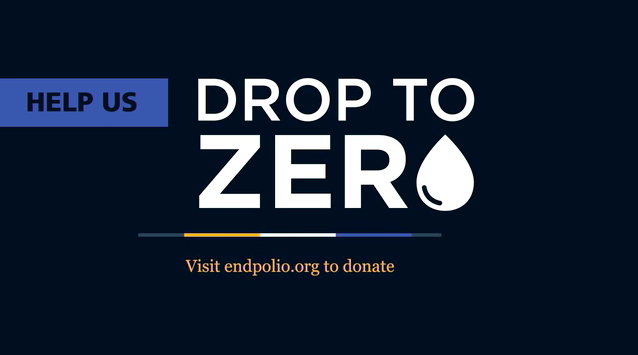Drop to Zero
Drop to Zero is a global campaign to eradicate polio, championed by the Bill & Melinda Gates Foundation and Rotary International. Working as a producer for Tomorrow Pictures, I was tasked to help create an online PSA and a multi-channel video installation. The latter was presented live by Bill Gates to an audience of 20,000. The video encourages pledging funds to help vaccinate against polio.
Creative Producer: Hanul Bahm
We entered into the project with a number of challenges. At the onset, we inherited a cache of talking head footage from global dignitaries. This footage would comprise the video’s core message. While a powerful show of unity, all had hired local camerapeople. The resulting footage had wildly differing lighting, shot design, and image and sound quality. How would we match up shots?
Other concerns we faced:
We knew brevity was essential for a social media PSA. Nearly a dozen dignitaries had contributed a message. All were campaign stakeholders whose countries or organizations had donated millions. Could we afford to cut anyone?
We knew talking head visuals wouldn’t be enough. How could motion graphics and design be leveraged to enhance messaging? Were there any other visuals available to us? Stock images, perhaps?
This was a pledge video. How could we build up an emotional arc to compel people to donate?
We were faced with a tight deadline, not just for the single-channel PSA, but also for a seven-channel video installation that Bill would unveil at the Georgia World Congress Center. What would we fill seven anamorphic screens with?
We tackled the project by breaking it down into component parts. Producer Ellen Barnard understood the goal: convey solidarity of purpose. She transcribed the footage and went to task on a paper edit. Inclusion was prioritized over length.
Once we had a paper script, motion graphic designer Raffael Pindell and I sat down to identify sectional themes. I drafted thematic phrases; we brainstormed illustrations to go with each phrase. Together, these would form animated intertitles. This would be our primary art. We referred to the style and messaging guide provided by Rotary. Featured below is that guide, as well as the intertitles we created.
To provide visual cohesion, we desaturated the talking head video to black and white. Matching up black and white would streamline color correction. The freed up time enabled us to focus on audio troubleshooting. We reintroduced color by designing national flags and affiliation logos as title overlays. This would be our secondary art.
On a whim and hope, I asked our Rotary contacts if they had any field assets, and it turns out they did! I asked for video and photos from Nigeria, Afghanistan, and Pakistan, the three countries with active polio cases. Our Rotary contacts assembled and file transferred a packet. Despite concerns of mixed public sentiment on the three countries, I tried to bring in as many images from them during the editing phase.
My edit decision list, with notes for video editors Jasmine Jones and Avery Spalding..
Maybe it’s because I grew up in a developing country, but I try to steer away from images that maintain fixed notions of power and hierarchy. I also try to present what’s there, even if it’s uncomfortable.
Below, some of my photo edits. We ended up changing the final selection to emphasize the role of Rotarians, as well as make the tone more cheerful overall. We all have natural affinities, but it’s important to preference your audience’s. This had to be about closeness to victory.
Video stills proved helpful. We used as many stills as we did existing photography.
Images courtesy of Rotary International.

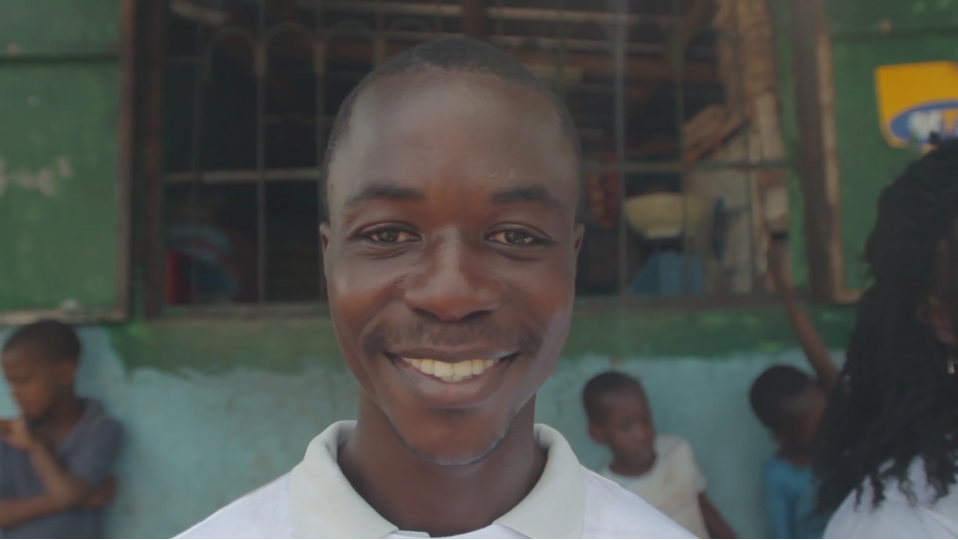
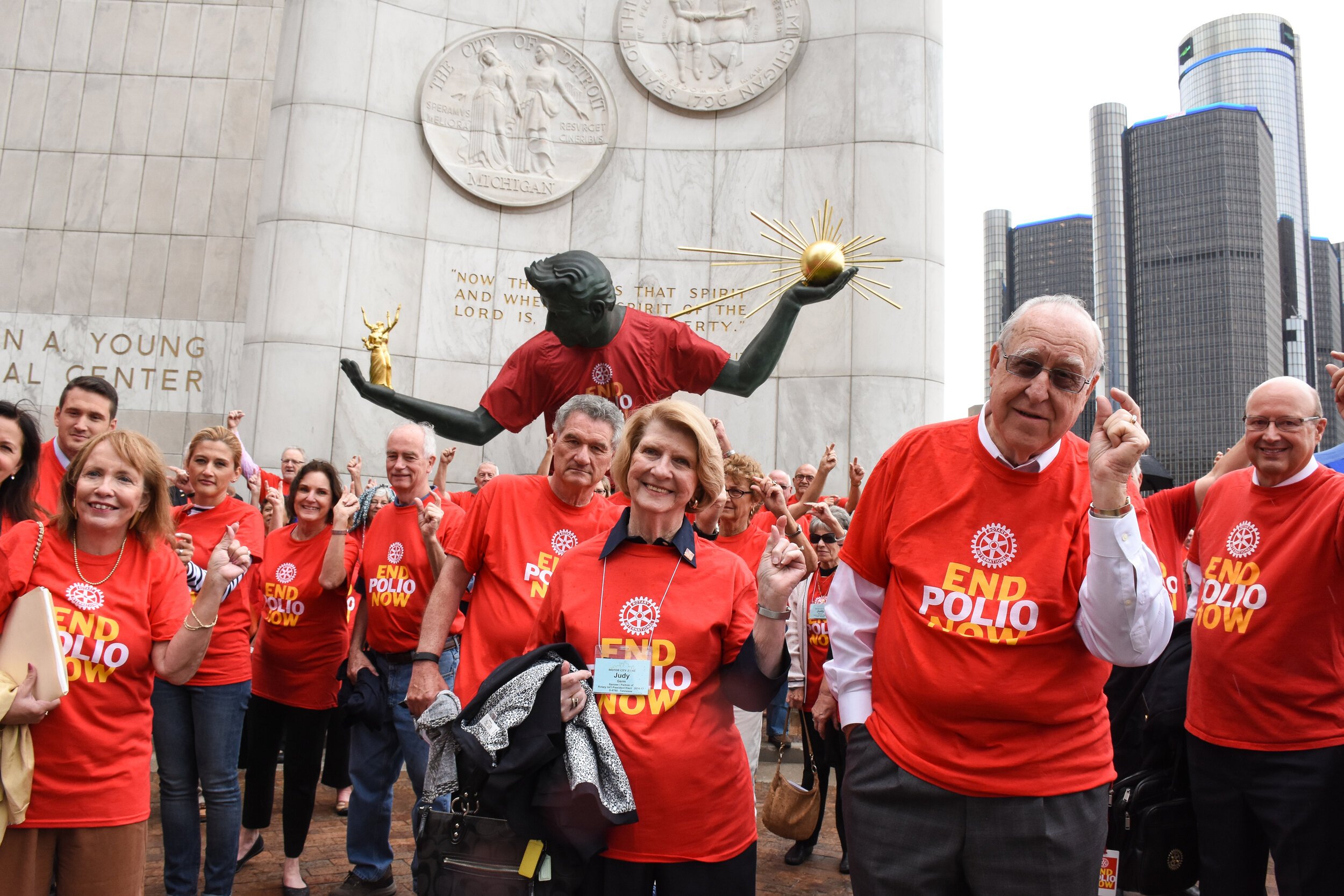
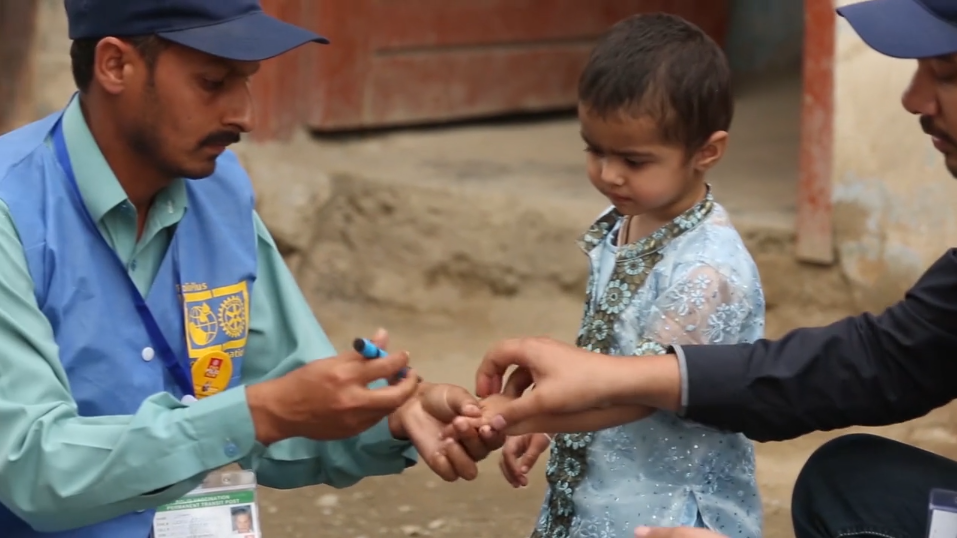













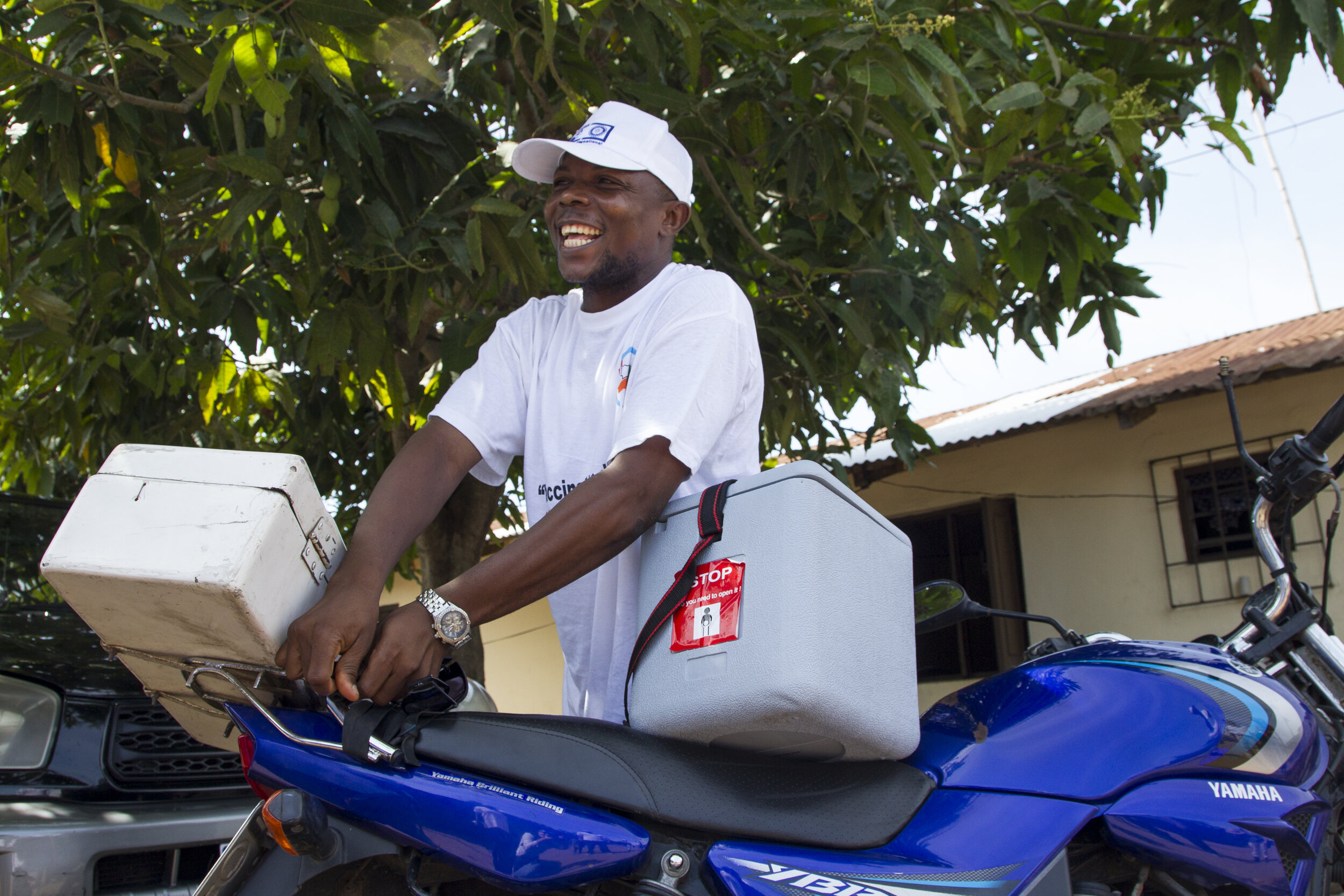
Storyboarding to create cohesion.
With other elements now in place, the multichannel installation felt far less daunting. But the question of what to do with seven screens, collectively the span of a football stadium, remained.
First, we had to know what we were working with, canvas-wise. To allay anxiety, I obtained screen dimensions and tech specs from the World Congress Center auditorium. Raffael adapted the PSA’s animations and added floating geometric shapes in the center channel. I put together a slideshow of photographs for the outermost four panels, to complement center channel audio.
I decided we mirror the graphics on either side of the center channel. We would avoid video for the outermost wings, lowering render times and sparing the team additional pressure.
Note: if you’re viewing this on a phone, please tilt your screen horizontally to see the full width of storyboards.
We storyboarded our concept and shared it with our clients for approvals. We had retained the centrality of the message; they were happy. I’m not a Rotarian and didn’t get to see the final output. But it looks like Bill Gates and Rotary International president John F. Germ did a great job raising the house.

